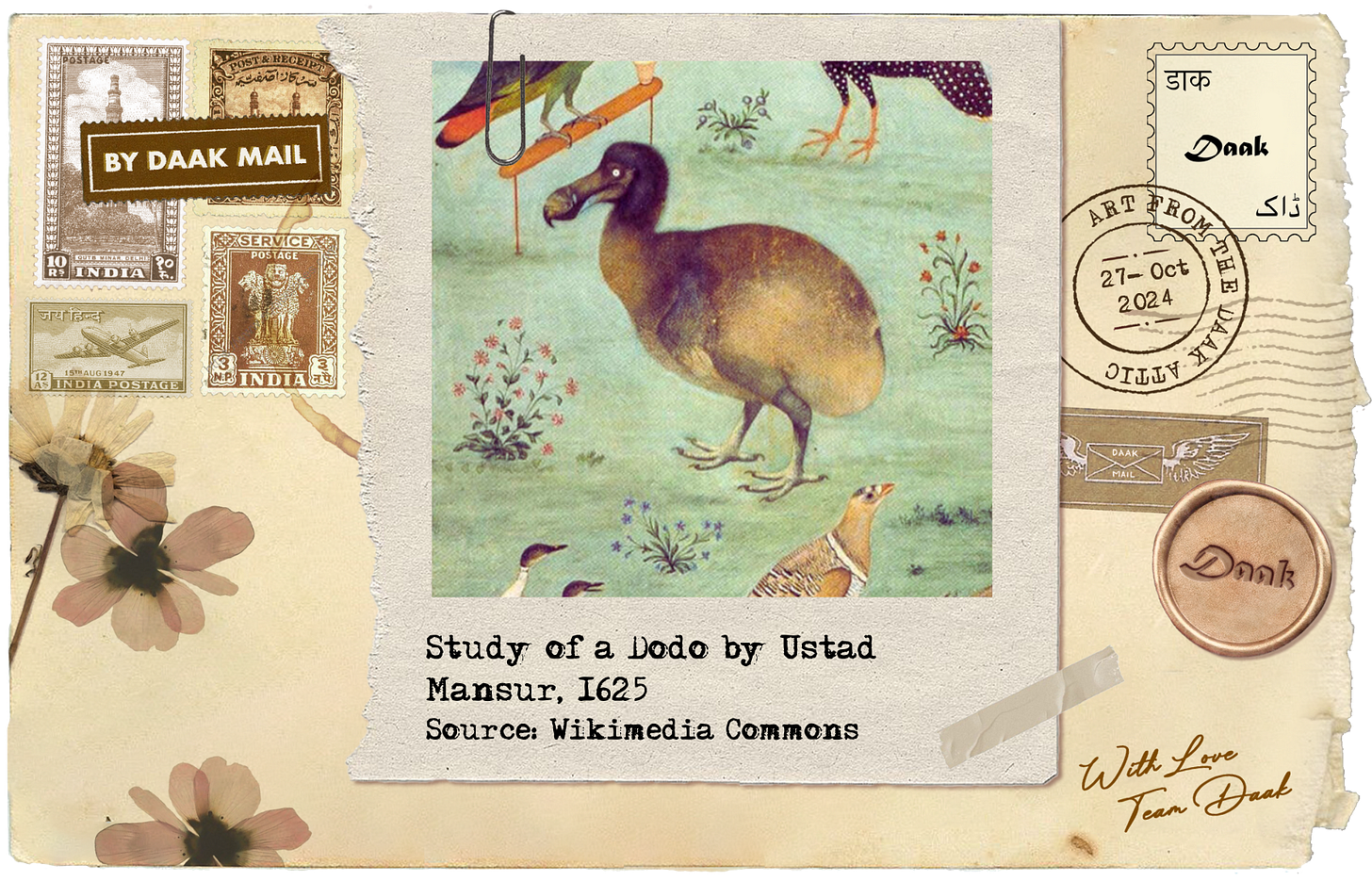Daak Weekly: Can Nature Save Us?
We’re witnessing a great contradiction unfold in real time: even as the California wildfires are reducing people and homes to ashes, Trump has decided to pull out of the Paris Agreement. While such agreements don’t guarantee the reversal of climate change, they at least bring all actors to the table, working towards a common goal. And such an act of solidarity, or in this case, the lack thereof, is a powerful message to the people about a nation’s values.
This baffling phenomenon could be the result of what psychologists call the “Backfire Effect” or “Belief Perseverance,” which occurs when people strengthen their beliefs when presented with contrary evidence, resulting in even more entrenched views and illogical behaviour. And illogical this behaviour certainly is. Ask anyone in the throes of suffering what a shaft of sunshine, or the song of a stream, or the blossoming of flowers, or a mild breeze can do. While it’s doubtful that we can save nature, it’s undeniable that nature can save us.
Poets and artists, being among the wisest, have always known the fortifying power of nature, especially in our most trying times. One such poet, Henry Louis Vivian Derozio (1809 — 1831), managed to articulate this tenet in the form of a lyrical poem, “A Walk by Moonlight.” Born to a Portuguese father and an English mother, Derozio left school early and joined his uncle’s indigo factory situated on the scenic banks of the Ganges in Bhagalpur. It is here that he got inspired by the beauty of nature and began to compose poetry. In this poem, he recounts a memorable nature walk at night, which awakens a kinship with every living being around him.
In more contemporary times, we have the soothing nature poetry of Hiren Bhattacharyya. Possibly the most popular name in Assamese poetry, Bhattacharyya’s poetry brings up the lush imagery of nature: paddy fields, waves of green, ripples in the air, and gushing rains. It is believed that he added the word “shosyoghran,” an evocative word for the smell of harvest, to the Assamese dictionary. Reading his beautiful words, even in translation, shows how apt this contribution was.
Finally, we leave you with some stunning art from Ustad Mansur, a 17th-century Mughal painter renowned for his depictions of flora and fauna. His works on birds in particular are highly detailed and proved to be a great source of ornithological insight for later generations. Other than birds, he also painted at least one hundred flowers from the Kashmir valley. It is said that while many of his works are true to life and form, others were from his imagination.
So, if it all gets too much for you, remember you can always find solace in a patch of grass and a glimpse of the sky.
Love,
Team Daak
Tired of the same old flowers and chocolates? If your love language is art and poetry, check out our special gift set for Valentine’s Day!






